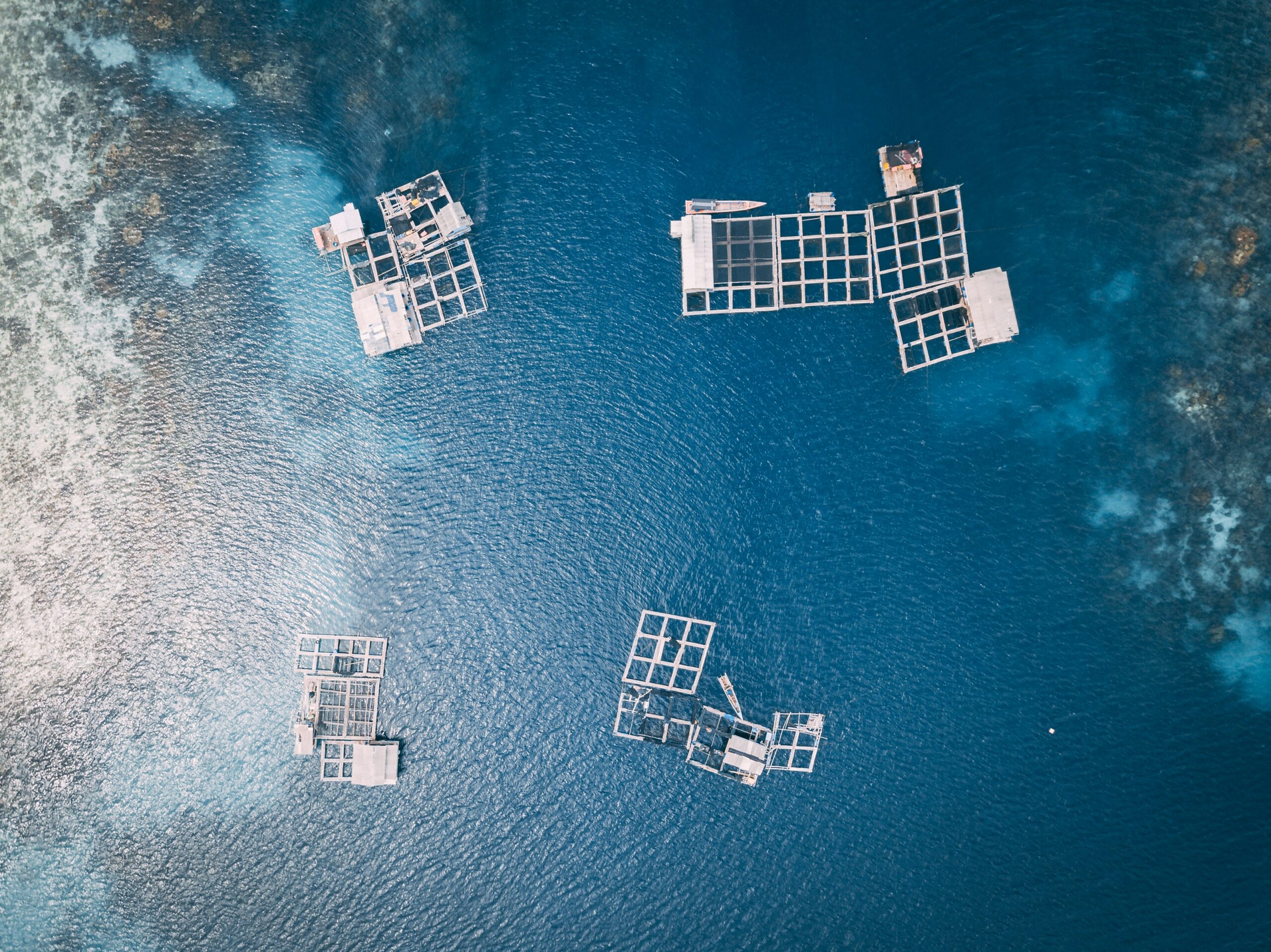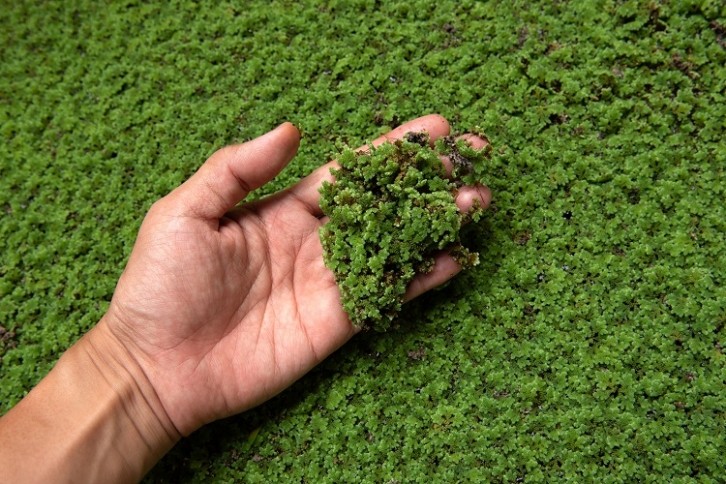Global aquaculture production has surged by 54% since 2011, making it one of the fastest-growing agricultural sectors – and the U.N. plans to push the throttle forward in the years ahead.
The U.N. Food and Agriculture Organization recently told the Associated Press that it’s aiming for a 35% growth in aquaculture production by 2030 to address rising demand and combat global hunger.
Projections indicate that nearly 600 million people worldwide will be chronically undernourished by the end of this decade, though recent progress has been made in Asia.
The FAO is helping member countries develop the aquaculture sector, and the organization’s Fisheries and Aquatic officer, Angela Lentisco, told the AP that aquaculture can play “a very important role in addressing food insecurity.”
“Western nations like the U.S. are so far behind in ensuring food security because we don’t support aquaculture,” said Bryan Szeliga, owner of Fishtown Seafood in Philadelphia, to The Food Institute. Many of the indigenous fish species in the U.S. aren’t easily farmable, like cod pollock, and flounder, he added.
“There’s no question that aquaculture needs to grow, and I think it’s just a matter of time before it takes off in the U.S.,” Austin Caperton, the CEO of Appalachian Salmon in West Virginia, told FI.
Aquaculture “is happening everywhere else; it’s happening in a big way in China. It’s growing everywhere, and it’s going to grow in the U.S.”
“I think the obstacles to growth right now are more reflective of the economic conditions of the last few years,” added Caperton, whose facility may eventually change the species of fish it farms to steelhead trout.
A recent report by visualcapitalist.com noted that China is by far the biggest supplier in terms of farmed fish output, based on its 2021 aquaculture supply of 72,805,297 tonnes. Indonesia (14,606,534 tonnes) and India (9,408,300) are next in line, while the U.S. (448,615) ranks nineteenth.
“One of the problems the U.S. has is its large geography and relatively low seafood consumption,” Szeliga noted. “Just 9.2 pounds of consumption per capita (waste-adjusted volume) in the U.S. doesn’t leave much room for more farm-raised fish.”
Unless, that is, Americans’ eating habits change.
“The next big thing that must happen in western nations, mainly the U.S., is the acceptance of aquaculture as a responsible option to feed the world – as a responsible source of animal protein for human consumption,” Szeliga said.











